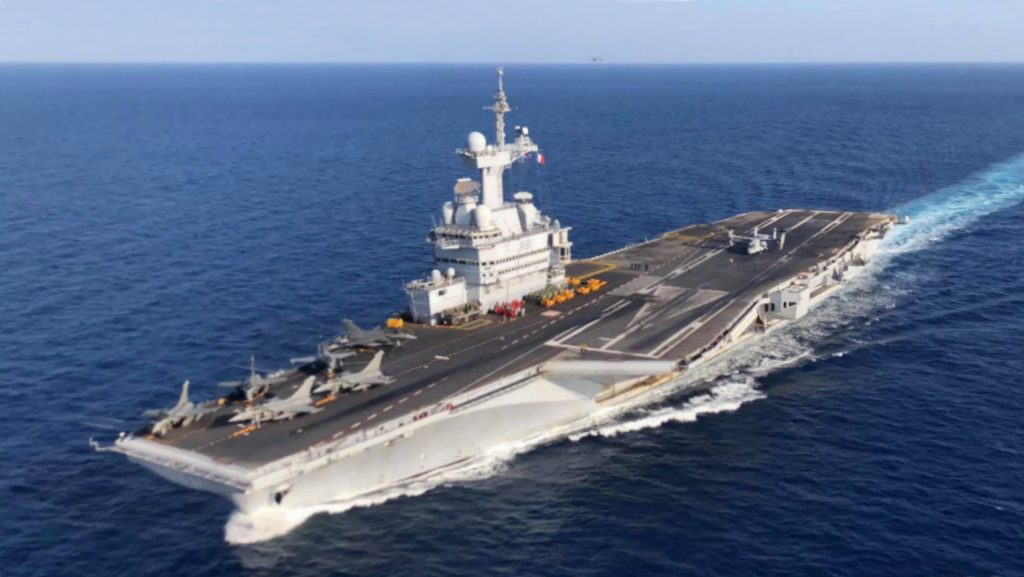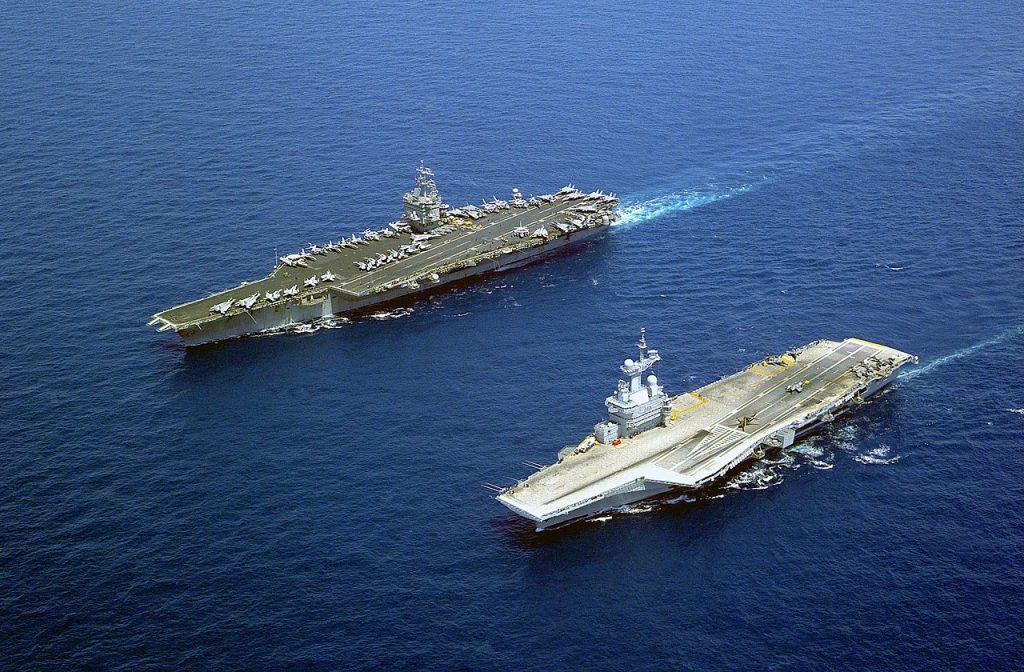Let’s face it, when you think of cutting-edge military technology, the first thing that springs to mind is… well, probably not the French. Unless, of course, we’re talking about their Charles de Gaulle aircraft carrier, the subject of much admiration (and, let’s be honest, gentle ribbing) among AvGeeks. So, is this nuclear-powered Gallic goliath really all it’s cracked up to be? Or is it just a very expensive, very stylish, and occasionally problematic floating airport? Let’s find out.

First, a few factoids to keep the rivet-counters happy. The Charles de Gaulle, commissioned in 2001, is indeed the flagship of the French Navy, the tenth carrier built by France, and the only nuclear-powered one outside of the U.S. Navy. Named after the famously… spirited French General and President, this ship is practically a monument to French ambition. It boasts a CATOBAR system, like its American cousins, but with a slightly shorter runway, and, according to some sources, an even more impressive ability to launch aircraft faster than you can say “bon voyage” to a delayed flight at Charles de Gaulle Airport in Paris (CDG). Now that is efficiency.

The carrier totes a diverse air wing, including Rafale M fighters, the pride of French aviation. And of course, a squadron of support aircraft and helicopters. From the E-2C Hawkeye, keeping watch over the vastness, to the AS532 Cougar for search and rescue, the ship carries quite a collection of hardware, all designed to keep things interesting… or at least, not boring. The ship has also got the next-generation Aster missiles, which, if the brochures are to be believed, are tres magnifique at intercepting… well, let’s just say things that shouldn’t be flying near a French aircraft carrier.

The Charles de Gaulle has been known for its… shall we say, unique challenges. The ship’s history is not without its hiccups, including construction delays, funding issues (blame the guerre?), and some early propeller problems. Its original propellers, frankly, belonged in a museum, limiting it to a snail’s pace of 25 knots initially. As Dr. Jacques “Propwash” Dubois, a retired engineer and self-proclaimed connoisseur of French engineering failures, quipped, “They used to call it the Charles de ‘Gawddamn’ Slow.” Ouch.
Despite these quirks, the Charles de Gaulle has a history of active service. The ship participated in Operation Enduring Freedom, demonstrating its interoperability (a fancy word for playing nice) with other nations. It’s been deployed in the Mediterranean, the Indian Ocean, and the Persian Gulf, logging thousands of flying hours. As Brigadier General Antoinette “Airborne Aphrodite” Moreau, a renowned expert in international naval operations, once told me, “The Charles de Gaulle proves that you don’t need to be perfect to pack a punch. Just… French.”
So, what makes the Charles de Gaulle so special? It’s nuclear-powered, it’s French, and it occasionally breaks down. But it gets the job done, albeit with a certain je ne sais quoi. It’s a reminder that even in the high-stakes world of aircraft carriers, a little Gallic flair can go a long way. And that sometimes, the most intriguing features are the ones you weren’t expecting.








